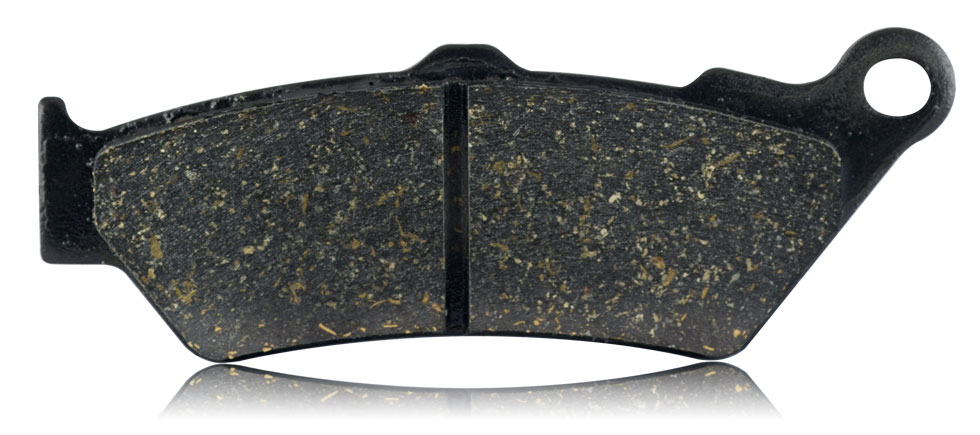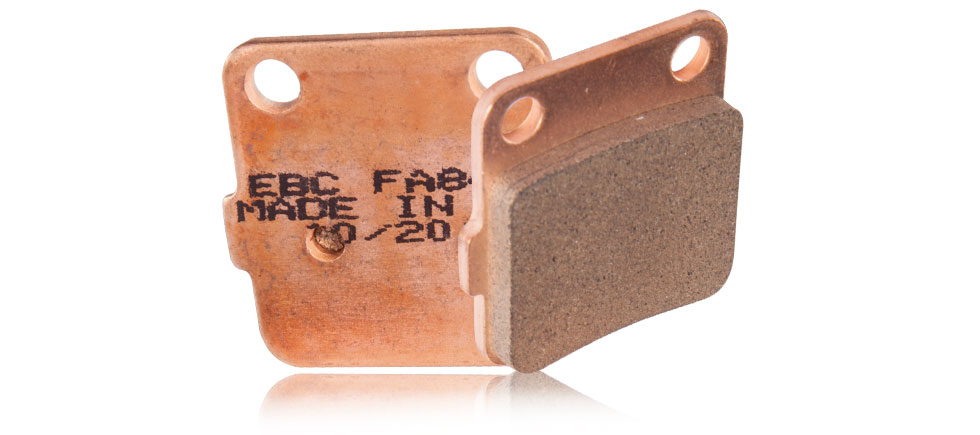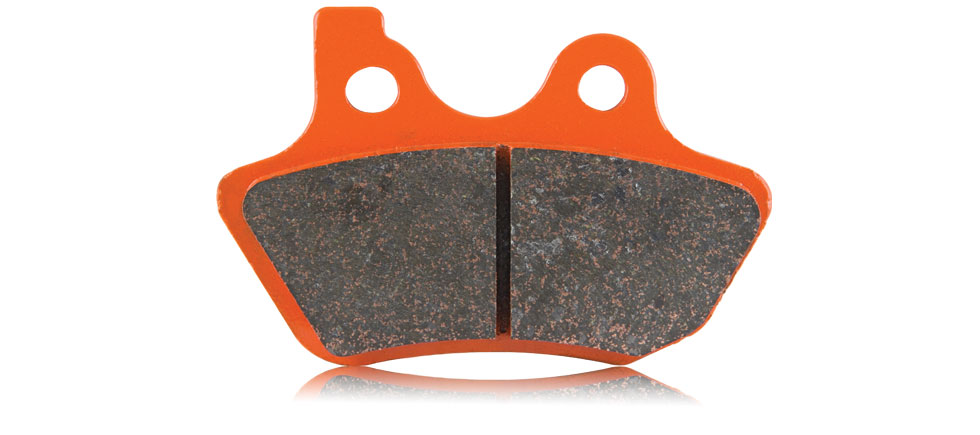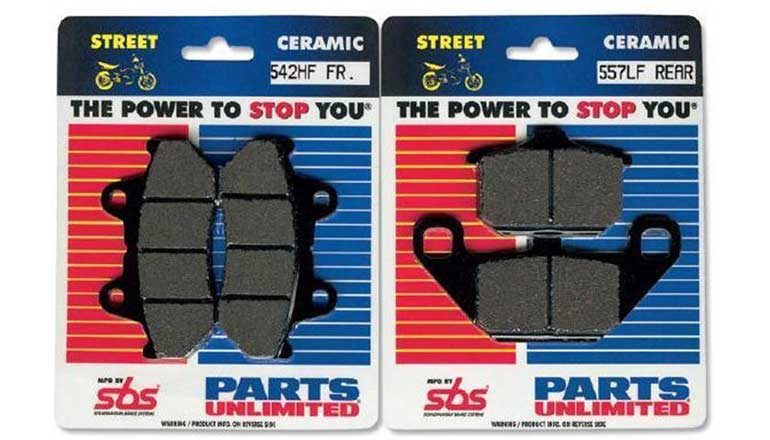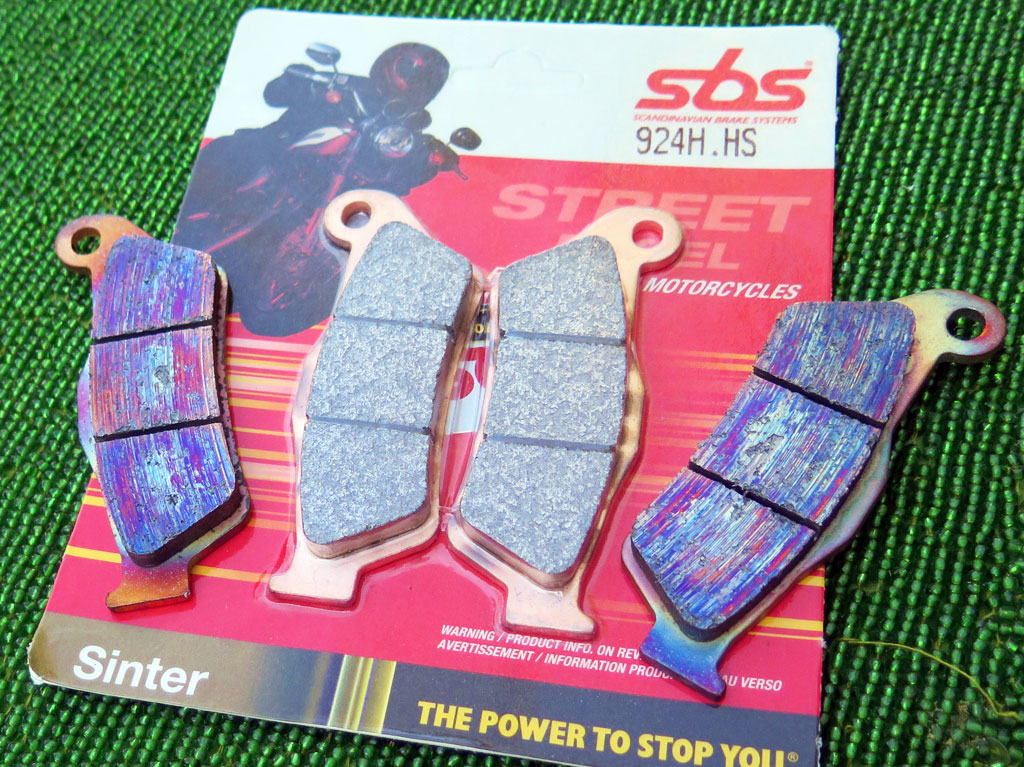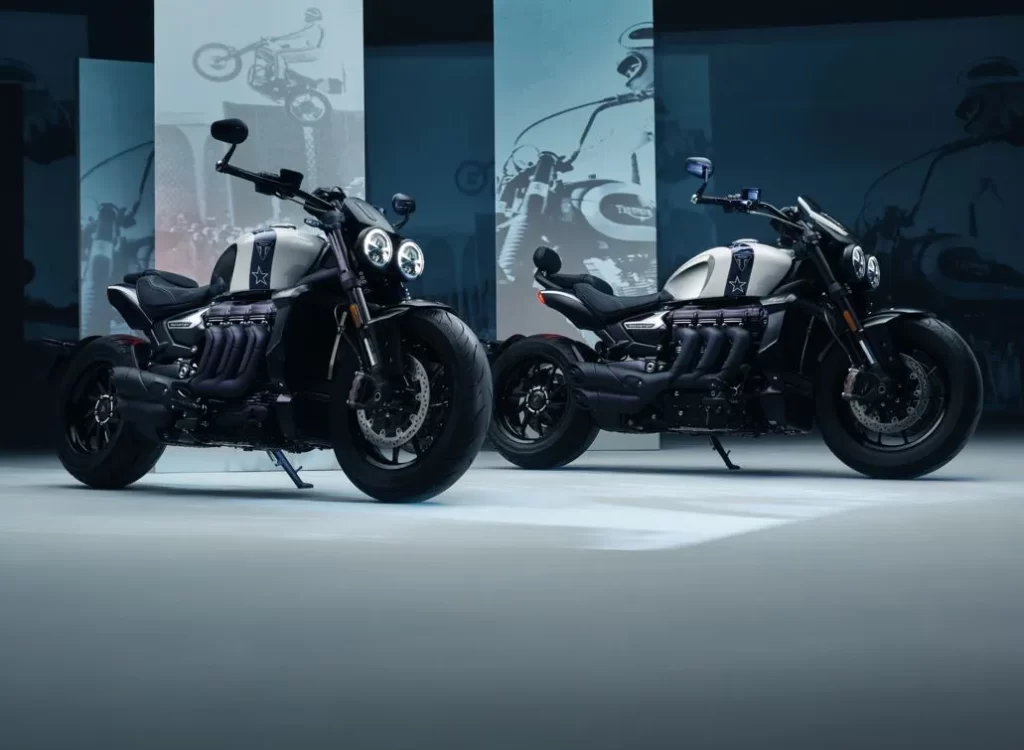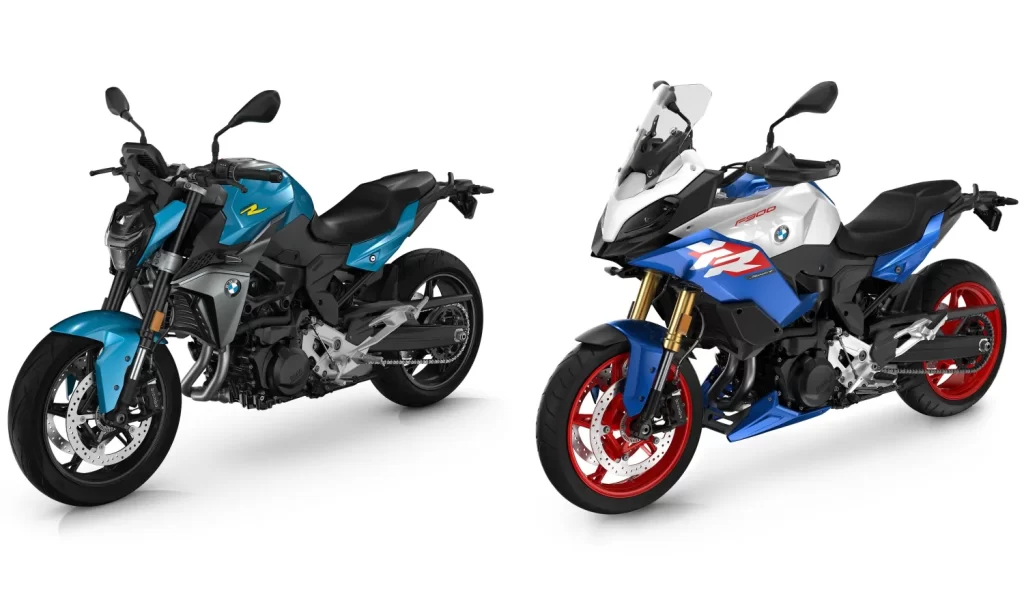-
There are different brake pad compounds available in the market.
-
Each provides a different braking feel.
-
Find a type that suits your riding style and use of the motorcycle.
Brake pads are often overlooked for the majority of riders, “Hey as long as it stops, no problem.” Or we just ride replace the pads when the mechanic tells us that it’s time do so. It’s almost like we have no choice in it, except when it comes to paying, “Brape? (How much?)”
Perhaps, it doesn’t have to be so with a little more understanding, then we could dictate on what we actually need, instead of being led by the nose.
Brake Pad Friction Rating
Before we go further, be aware that there are two current friction ratings for brake pads, GH and HH.
Both those letters signify the brake pad’s coefficient of friction (CoF); the first being the CoF at normal working temperature, and the second at an extreme temperature of 650 oF (343 oC). Therefore, the ratings indicate how much friction is there at certain operating temperatures. The G-rating offers between 0.45 and 0.55, while the H-rating’s CoF is from 0.55 and up. These ratings are usually stamped on the outside of the pad’s back plate, although there are manufacturers who don’t do so but specify it on the brake pads’ packing, instead.
Brake Pad Material
Having the right type of pad material determines how it feels when the brakes are applied and how it stops a bike.
Organic
Organic pads may sound like they’re something grown without chemicals, it just means they don’t contain metal. Instead, they’re a blend of rubber, glass, carbon, aramid, Kevlar (the real contents differ among manufacturers), bonded by a resin.
Organic pads are popular among riders due to their progressive braking feel, which doesn’t “bite” aggressively. Additionally, it’s softer and doesn’t score brake discs. However, they typically wear out faster due to being soft.
Sintered
The pad material, usually copper particles, is fused to the backing plate under extreme pressure and temperature (the process is called “sintering”) to form a friction material that’s wear resistant. They can handle a wide range of conditions, hence well-suited for any type of riding including trackdays.
Sintered pads offer a stable CoF whether cold or hot, and they bite instantly. Apart from that, they are resistant to fade, perform well in the rain or mud, and usually last longer.
However, the do wear brake discs quickly. Most, if not all, motorcycles use the harder stainless steel brake discs these days. However, if you encounter deep grooves or “blueing” on your discs, you may have to consider replacing your brake pads for those of less aggressive material.
Semi-Metallic/Semi-Sintered
Manufacturers infuse organic pads with some metal material to increase the bite, durability and fade-resistance, while still maintaining the progressive feel and low disc-wear of the organic brake pads. This may be a good compromise for most riders.
Ceramic Composite
They are made by fusing high-strength ceramic fibres and ductile non-ferrous (non-iron) metal filaments at extreme pressures and heat. The metal filaments provide the initial bite while the ceramic compound provides high temperature resistance to avoid brake fade.
Besides that, the metal filaments carry away heat quickly to reduce rotor wear and deformation (disc warp).
Notes
- First and foremost, you should not use any brake pad which or brake lining that contains asbestos. It has been established decades ago that asbestos is carcinogenic and could cause lung cancer should you inhale the asbestos dust. Although the use of asbestos has been banned you may still encounter it in some ultra-cheap drum brake linings.
- If you’re replacing your brake pads for daily use, please select “STREET” or “ROAD” varieties. Racing brake pads do bite but they may have to reach a certain operating temperature to provide optimum braking.
- Take some time to “bed in” the new pads (usually 300 to 500 km). They need time to conform to the irregularities of your brake discs, and will not grip at their maximum when new. So keep that in mind when riding away with a new set.



